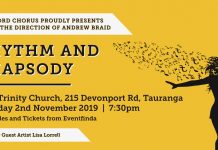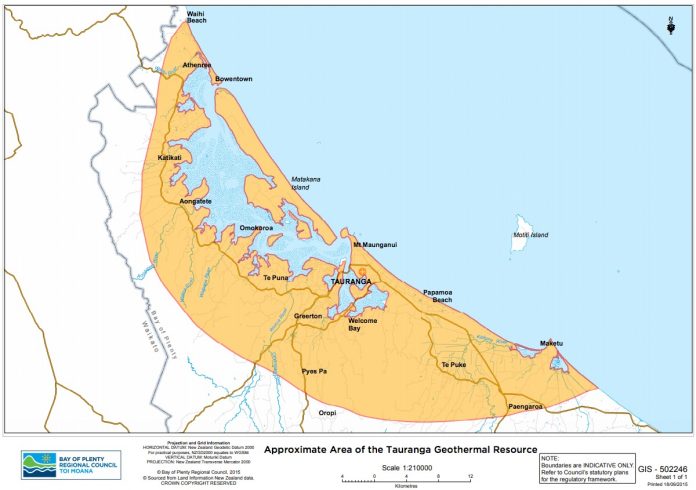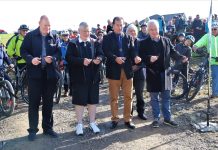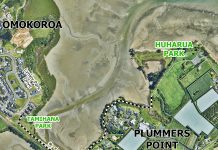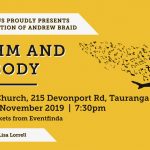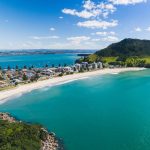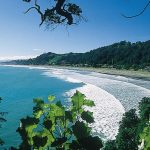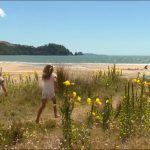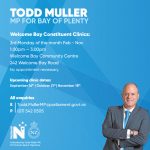Western Bay of Plenty District Council has been mapping and planning for natural hazards
since the 1990s.
The Council is continuing to review its natural hazard maps for the District and assessing how the risks from those natural hazards will be managed.
Hazards that are being evaluated include:
- Flooding (from extreme rainfall)
- Coastal inundation (flooding from the sea)
- Coastal erosion
- Land instability
- Liquefaction
- Tsunami
- Active faults
- Volcanic hazards
Improving the Accuracy of Hazard Maps
Council’s Group Manager Policy, Planning and Regulatory Services Rachael Davie says improving the accuracy of hazard maps is more critical than ever due to the increasing legislative requirements around climate change, reducing natural hazard risk and ensuring preparedness and the ability to respond to natural disasters.
“The mapping information will help people make informed decisions about undertaking building works, buying property or preparing for a natural disaster.
“As we complete the mapping of each hazard, we will notify landowners and put the information on Council’s website, on property files and in any land information memoranda (LIMs) requested for properties,” says Rachael.
Council will also use the maps when processing resource consents, project information memoranda and building consents to ensure that the risk from natural hazards to people and buildings is assessed.
Mapping of all-natural hazards may take around five years due to the District’s size and geographical diversity.
The latest mapping available is for:
- Coastal inundation (flooding from the sea) along the Tauranga Harbour
- Flooding (from extreme rainfall) at Omokoroa
- Flooding (from extreme rainfall) at Katikati
Where to Find Updated Information
Council has sent letters to the owners of approximately 3500 properties within those areas
identified as being potentially susceptible.
The new information is included on Council’s Natural Hazards web page. This information improves understanding of how the expected effects of climate change (including sea-level rise and heavier rainfall) may influence what coastal inundation and flooding looks like in the future.
These studies forecast to 2130 and will allow Council to prepare and plan for what’s ahead.
Council is also in the process of mapping other natural hazards and this information is
anticipated to be available mid to late next year:
- Tsunami along the Tauranga Harbour
- Tsunami at Waihi Beach, Athenree and Bowentown
- Liquefaction (District-wide)
The remainder of natural hazard maps for the District will be completed over the coming
years.
Council’s web page has an updated list of Mapping Projects and Timeframes to keep people
informed of what’s happening.
For more information visit Council’s natural hazards webpage at www.westernbay.govt.nz/naturalhazards or call Council’s customer services team on
0800 926 732.



